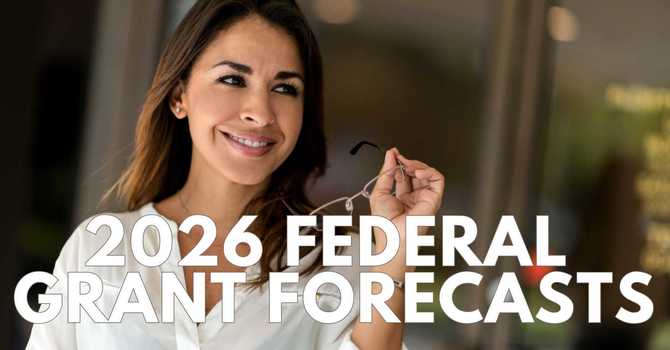
What Changed
In 2025, the Office of Management and Budget (OMB) updated the Uniform Grants Guidance (2 CFR Part200) to clearly state that evaluation, data collection, and performance measurement are allowable costs under federal grants.
These activities were already permitted in practice, but the revised guidance now spells it out. The update removes confusing language and offers concrete examples such as hiring evaluators, building dashboards, conducting assessments, and maintaining data systems. This helps ensure that federal agencies and grant recipients interpret the rules consistently.
When linked to award objectives, recipients can include evaluation-related expenses, such as employing evaluators, maintaining data systems, or performing mixed-method analysis, in their grant budget.
The revision also directs funding agencies to consider past performance and demonstrated impact when creating grant programs and scoring applications. That means nonprofits with evaluation capacity and strong results have a clear advantage.
Why It Matters to Nonprofits
Federal funders increasingly prioritize results. Proposals that include logic models, outcome metrics, and thoughtful evaluation plans tend to score higher, especially for implementation or renewal grants.
Strong evaluation systems give nonprofits a distinct advantage, especially for implementation and renewal grants, proposals with logic models, performance metrics, and detailed plans for data collection and use typically receive higher scores.
Funders reward quantifiable impact: Data-supported narratives are becoming increasingly necessary for federal agencies. These track results rather than just outputs and includes both qualitative and quantitative indicators.
Organizations can formally build evaluation costs into the grant budget. That flexibility helps nonprofits mature in evaluation practices over time without upfront expenses.
As agencies reduce unnecessary compliance paperwork, they are shifting their focus to more meaningful and essential outcomes-based metrics. Nonprofits that effectively track core data can easily meet expectations.
Finally, improved documentation and financial tracking of evaluation activities support audit readiness, especially for organizations managing large or multi-year awards. Transparency in how you collect and use data helps demonstrate accountability at every stage.
Key Takeaway
Federal funders want to know what works, who benefits, and how. Nonprofits that incorpotate evaluation as a strategic tool are more likely to win, sustain, and scale federal grants. This shift reflects a larger trend toward transparency, data-driven impact, and continuous learning.
Meet with us to build your evaluation strategy, whether it's developing logic models, creating dashboards, or aligning metrics with federal guidance, REA Analytics is here to help





